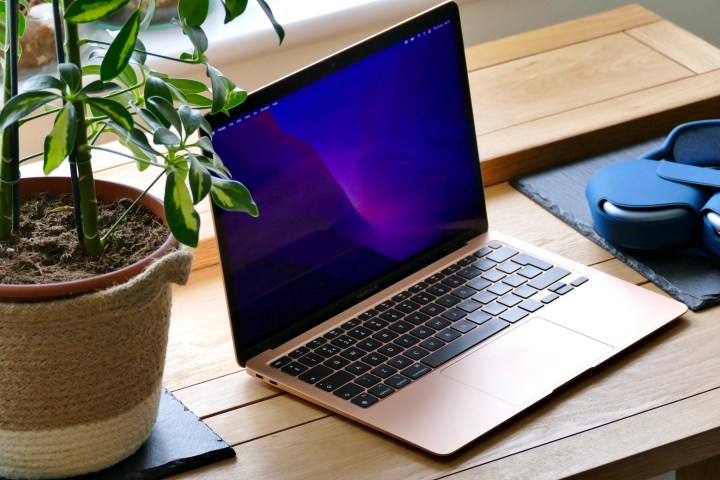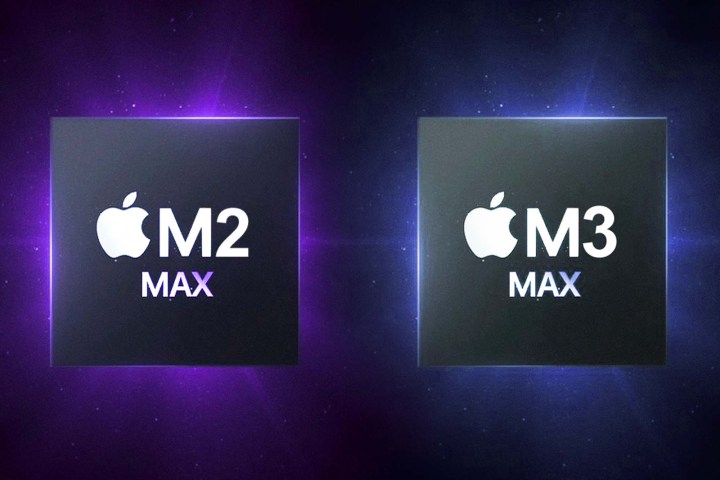
There are too many MacBooks. With six options to compare, choosing one from the lineup now requires a deep knowledge of the marketing and technical materials — a lack of which will lead someone to make the wrong choice.
I know what you’re thinking — what could possibly be wrong with more options? Certainly, more choice is better for the customer, right? There’s some validity to that belief, to be sure. But if Apple wants to remain the In-N-Out of the tech world rather than McDonalds, Apple needs to trim down its MacBook lineup. And fortunately, there’s an opportunity coming up that might be the perfect time for a shakeup.
The problem with the M2
Apple Silicon is still very young. It’s been almost three years since it was birthed into the world, and we’re only two generations into its development. And as big of a deal as the M1 was when it launched, showing the real potential of Apple Silicon versus the rest of the industry. But the real test of its impact would have to be long-term.
The M2 was announced less than a year after the M1, coming first to the 13-inch MacBook Air and MacBook Pro. And for the most part, it gave very little reason to upgrade. The performance bump was modest, largely because the M2 is based on the same 4nm process from TSMC as the M1. The chips are pushed harder, of course, creating more heat and a bit more performance, but it’s built on the same architecture.
According to the rumors, this wasn’t what the M2 was supposed to be, but delays in production forced Apple’s hand. Whether or not this is actually true, the performance of the M2-powered Macs just wasn’t meaningfully different.

That’s why Apple was smart to introduce a redesigned MacBook Air at this time and even followed that up in 2023 with the 15-inch MacBook Air. These were modern MacBooks built around the extreme efficiency of Apple Silicon, most noticeably in how thin they are.
But Apple chose to do something curious with the launch of these MacBooks. Rather than have the M2 MacBook Air replace the M1 MacBook Air straight away, it was added to the lineup, filling in the space between the Air and the Pro. As we observed many times, the M1 MacBook Air remained the go-to option. I found myself continuing to recommend it to folks, long after the M2 MacBook Air launched.
There were lots of factors to explain Apple’s decision to keep it around, but it allowed a now three-year-old laptop to sit comfortably in its range of available laptops. For the money, it really is that good. And for now, there’s no reason Apple isn’t delighted to sell these old laptops for $899 a pop.
But it’s not hard to see how the strength of the M1 could become a problem for Apple in the long run.
What the M3 needs to accomplish

The M3 is rumored to be announced and launched in late 2023, most likely at a late fall media event. The company finished the release of M2-generation chips at WWDC, going all the way up to the M2 Ultra in the Mac Studio and Mac Pro. With that wrapped up, Apple’s likely ready to announce new chips in just a few months, starting with the base M3 — and likely in some entry-level Macs.
As I mentioned above, the M3 is rumored to be moving down to a new 3nm node from TSMC, which will provide a meaningful improvement in efficiency.
Regardless of how powerful these M3 chips end up being, Apple has a chance to rearrange its lineup into something a bit more coherent. There are three options that I can foresee happening here. Either the M3 MacBook Air will directly replace the M2 MacBook Air, coming in at that $1,099 price point, and keep the M1 MacBook Air around. That’ll be a bit awkward for the more expensive 15-inch MacBook Air, but to me, this seems to be the most likely scenario.

If the M3 really is a big step up, I could also foresee Apple pushing the M2 MacBook Air down to the entry-level price of $999, and having the M3 MacBook Air take its place at $1,099.
The last option is that Apple seizes the opportunity of launching the M3 to shake things up more significantly by having the M3 MacBook Air replace both the M2 and M1 versions. If Apple really wants to clean things up, it could also pull the outdated 13-inch MacBook Pro from the lineup too. What you’d be left with is something closer to following Steve Jobs’ iconic four-quadrant matrix that got Apple to where it is today.
Let’s hope Apple fights the urge to have quite so many MacBooks in its lineup and return to a simpler scheme that gives buyers a more meaningful choice to make.
Editors' Recommendations
- Does your Mac need antivirus software in 2024? We asked the experts
- Don’t download the latest macOS Ventura update just yet
- A new wave of powerful laptops rises to challenge the MacBook Pro
- If you buy one MacBook Air alternative, make it this one
- The biggest threat to the MacBook this year might come from Apple itself


